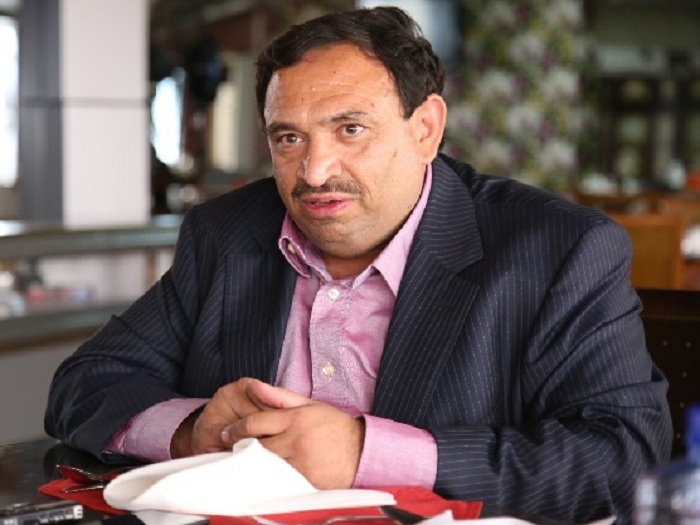In the mining sector, the West does not take the country seriously

The head of Khuzestan Mining Engineering Organization said: "In the mining sector, the West is not taken seriously and most of the attention and policy in the country is toward metal mines.
According to Iran's International Stone Exhibition, Abdolreza Harmati said at the 11th conference of the Iranian Geological Society held today at the Shahid Chamran University of Ahvaz today, December 13th: There are 14 types of minerals in Khuzestan, seven or eight of which We extract and benefit from these minerals.
"Most of the mines in Khuzestan are sand, sand and building materials," he said. "Most of the country does not consider Khuzestan province as a mineral province, but it is a mineral province and one should pay attention to it. The province benefited from mining.
According to the report, the head of the Khuzestan Mine Engineering Organization stated: "In the mining sector, the West is not taken seriously and most of the attention and policy in the country is toward metal mines. In this context, the approach is to pay attention to metal mines and extract them and then sell them.
Haramati said that Khuzestan is the largest seawater mine in the world and said that Khuzestan was once a salt importer, but today, after twenty-five years, more than 1.5 million tons of salt is produced in the country, sixty percent of which It is produced in Khuzestan.
"Neither the university nor the ministry of industry are familiar with the process of salt production," he said, noting that everyone in the mining and economic geology sector is working to increase people's living standards. If the articles do not lead to production, they will have no effect and in this regard, the articles should be applied.
"If we are going to increase GDP, we need empathy, and there must be a link between academia and industry," Haramati said, adding that the era of fossil fuels is over. There are 9,600 mines in the country and more than 60% of mines are inactive.
* ISNA










